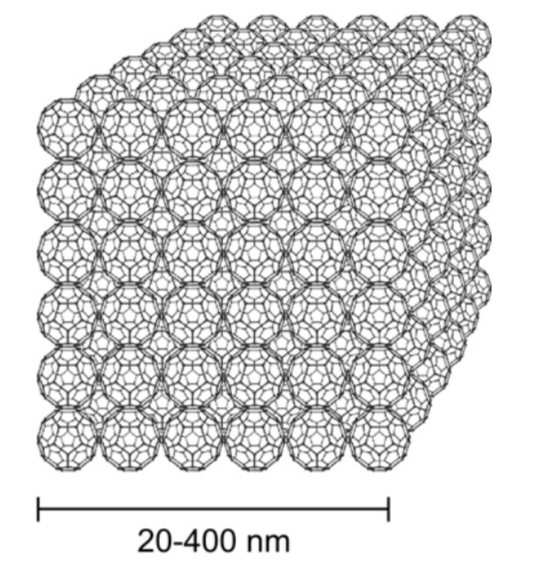| Zoran Markovic, Vladimir Trajkovic, Biomaterials, 29 (2008); 3561-3573, |
Click here for the PDF File:https://www.bioactivec60.com/wp-content/uploads/2016/06/Biomedical_potential_of_the_reactive_oxy.pdf
4.3. Antioxidant/cytoprotective activity
Oxidative stress and associated oxidative damage are mediators of cellular injury in many pathological conditions, including auto- immunity, atherosclerosis, diabetes and neurodegenerative disor- ders such as Alzheimer’s disease, Parkinson’s disease, amyotrophic lateral sclerosis and HIV-associated dementia [123]. The excep- tionally harmful effects of oxidative stress in neurons are primarily a result of the diminished capacity of the central nervous system to prevent oxidative damage. Mitochondria appear to be both the major source and the target of intracellular ROS [124]. Excess ROS could cause mitochondrial depolarization associated with the opening of mitochondrial permeability transition pore and sub- sequent release of small pro-apoptotic molecules such as cyto- chrome c, leading to activation of caspase cascades and apoptosis. In turn, the collapse of the mitochondrial membrane potential triggers an increase in ROS generation by the electron transfer chain, thus providing a positive feedback mechanism for enhanced ROS production leading to further mitochondrial and cellular in- jury. Thus, therapies targeted against ROS hold great promise for minimizing cellular injury in oxidative stress-mediated neuro- degeneration and other ROS-dependent disorders.
Because of their ability to associate with mitochondria and to quench ROS more efficiently than conventional antioxidants, water- soluble fullerenes such as polyhydroxylated C60 (fullerol) or malonic acid (carboxy) derivatives of C60 are plausible candidates for cytoprotective antioxidant treatment.

